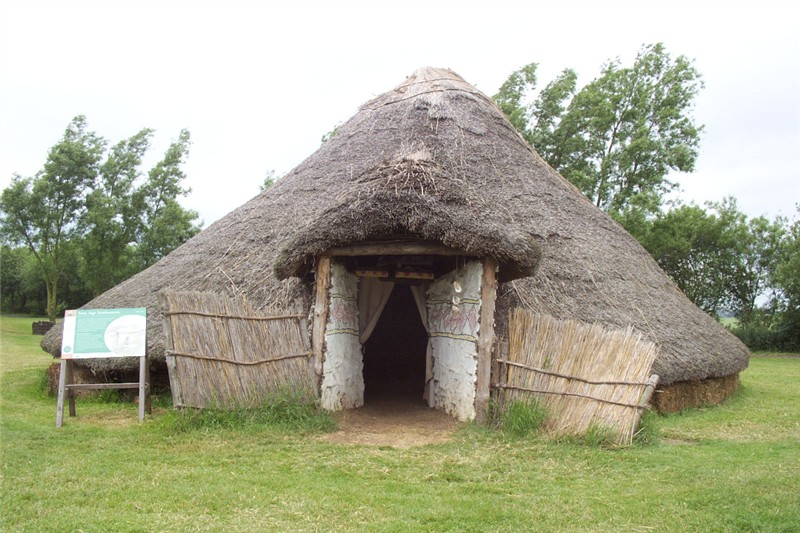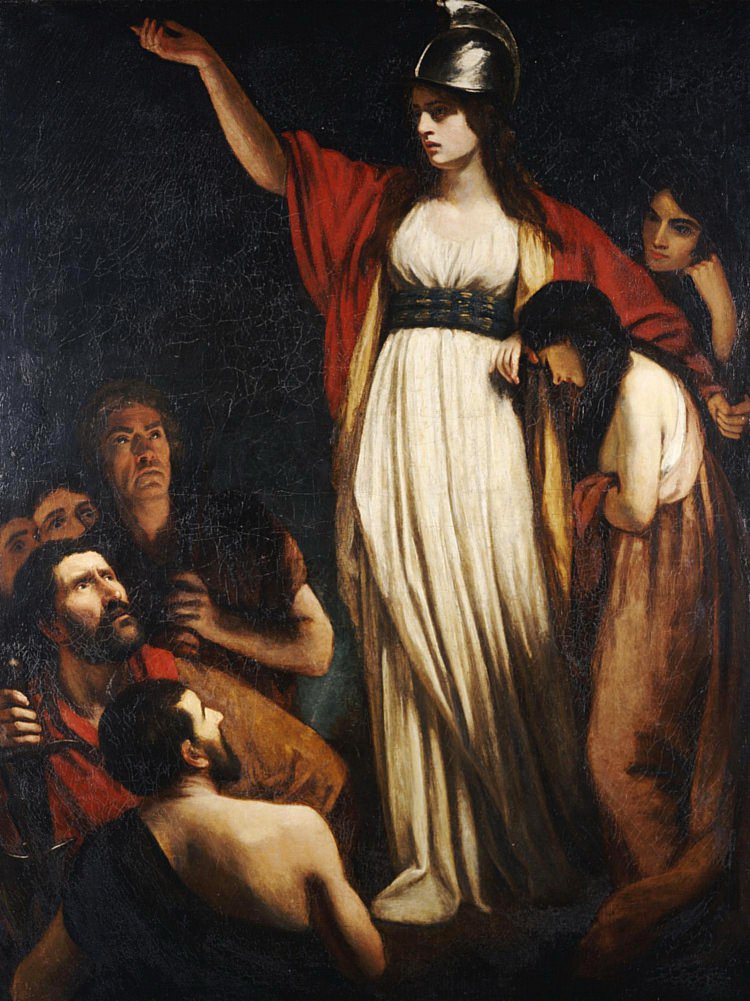A 3500 year old story
Humans have inhabited the area now occupied by the county of Cambridgeshire since the Neolithic and Bronze Ages, nearly 3,500 years ago. Flag Fen near Peterborough is one of the oldest known Neolithic sites in Great Britain.
The Romans occupied the county after 55 AD, building canals, dykes and roads. The area was lightly settled though, in part due to the swampy conditions in the fenlands. Queen Boudica is said to have burned the Roman garrison at Cambridge to the ground during her revolt in 60-61 AD.
Between 400 and 600 AD the Angles (of Anglo-Saxon fame) settled the area, and in the seventh century the county was split between the Kingdom of East Anglia and Middle Anglia as well as the East Saxons in the south. During this period there was not significant additional settlement of the county, but monastaries were set up in the fenlands that would provide a foundation for later settlement.
The area was invaded by the Danes in the nineth century, and became part of the area called Danelaw for a time, before being reconquered and absorbed into the Kingdom of East Anglia. The area was again conquered by the Danes in the eleventh century. Cambridge was burnt down by the invaders at that time.
The Normans were the next people to bring their influence to Cambridgeshire. The cathedrals and churches of the county are a lasting legacy of their rule.
The medieval era saw the growth of market towns and a robust agricultural economy in the county. Like other areas in England, the Black Death (mid 14th century) and the War of the Roses (1455-1487) devastated the communities of Cambridgeshire.
No history of Cambridgeshire is complete without mention of Oliver Cromwell. Born and raised in the county, he attended Cambridge University before eventually becoming Lord Protector of Great Britain during the tumultuous period of the English Civil Wars of the 1600s.
While it retained its agricultural character even during the industrial revolution, the area did see a growth in manufacturing during this era.
During World War 2 Cambrideshire (in particular Cambridge) suffered bombing at the hands of the German Air Force. Air fields in the area were also active in the fight against the Nazis.




